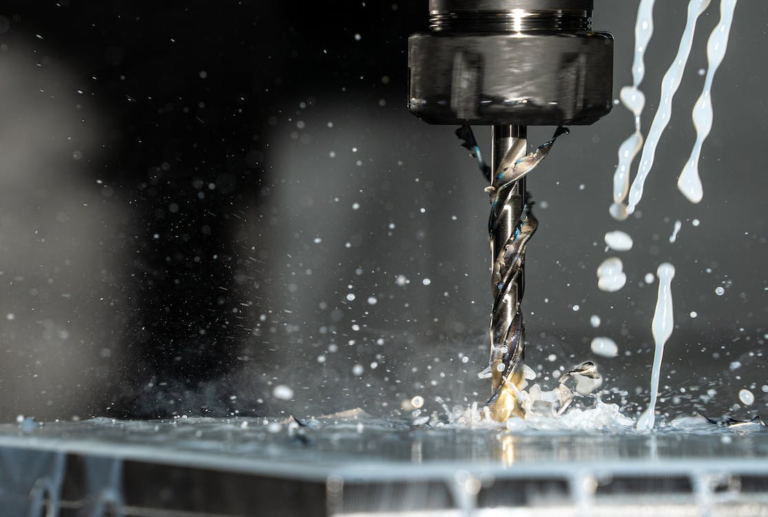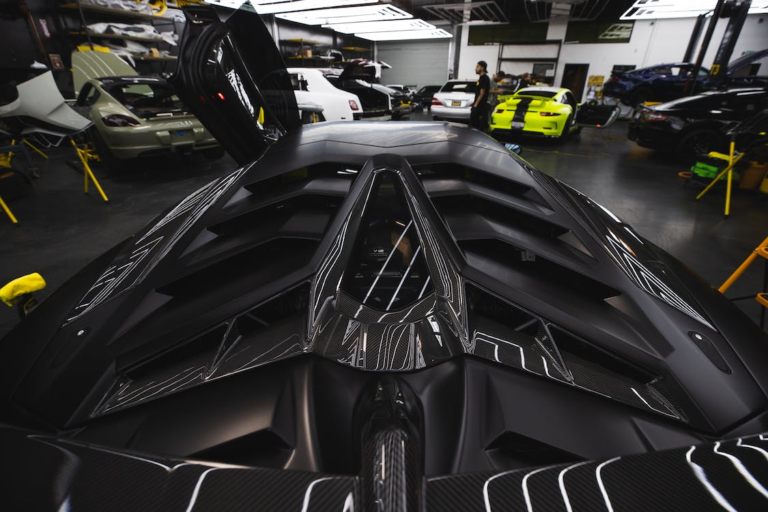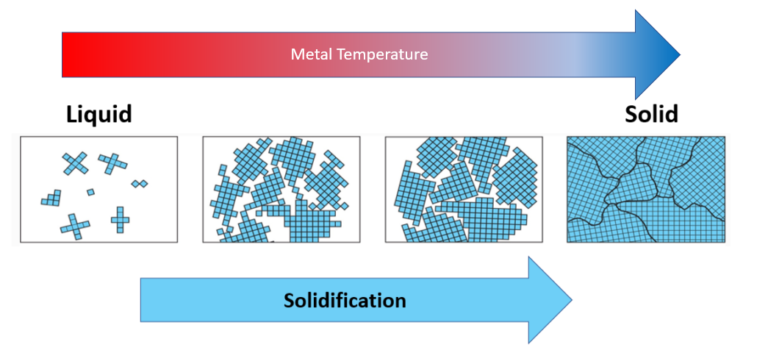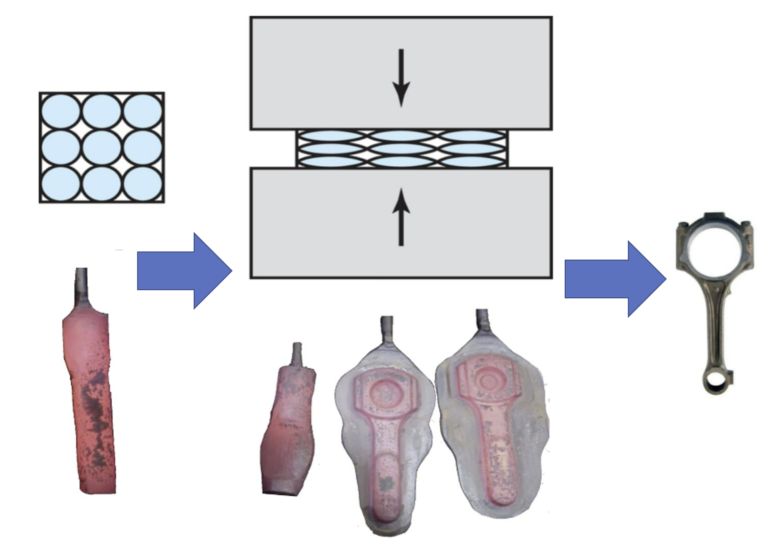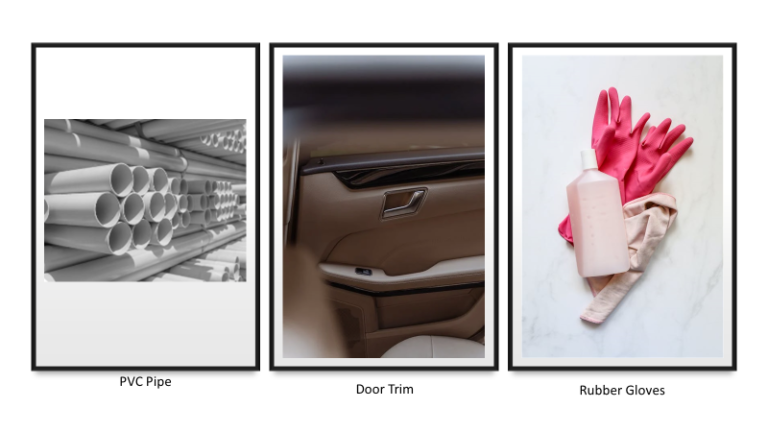Understanding Machining Economics
Machining economics encompasses a range of models and scenarios aimed at enhancing the effectiveness and efficiency of machining processes. It involves optimizing the overall outcome of a machining process. At a micro-technological level, this means maximizing tool life, increasing the number of workpieces produced per cutting edge, adhering to pre-defined cycle times, minimizing tooling costs,…


